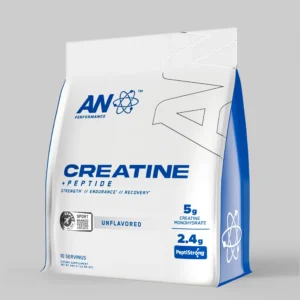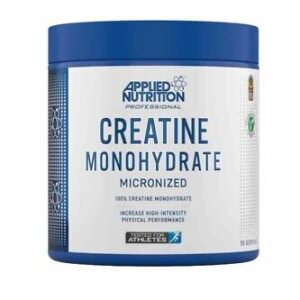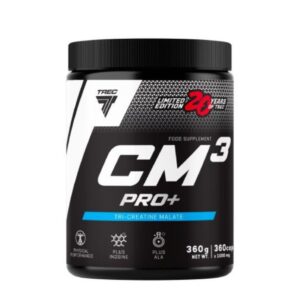Free Shipping from £60 – Same day dispatch for order before 5PM Mon-Friday
Free Shipping from £60 – Same day dispatch for order before 5PM Mon-Friday
Creatine is a popular supplement used to support muscle growth, strength, and performance. It’s widely used across all levels of fitness, from beginners to experienced lifters. In this post, we’ll break down the different types of creatine, what it’s best used for, who can benefit from taking it, and the best time to use it. We’ll also share some recommended products from FitandFat.co.uk and compare them based on pros and cons to help you choose the right one.

Creatine is something your body already produces and stores in your muscles, where it helps with short bursts of energy during intense activity. It’s especially useful for strength training and exercises that involve quick, explosive movements. While your body gets some creatine from food and makes a bit on its own, taking it as a supplement can help improve performance and speed up recovery.
Muscle growth: Helps support increases in lean muscle, especially when combined with resistance training.
Strength and power: Improves performance during quick, high-intensity movements like lifting or sprinting.
Recovery: Can reduce fatigue and support faster recovery between workouts.
Brain function: Some early research suggests creatine may also have positive effects on mental clarity and reducing mental fatigue.
Creatine isn’t just for serious lifters. It’s commonly used by athletes, gym-goers, and even beginners looking to improve strength, build muscle, or speed up recovery. It can also be helpful for vegetarians and vegans, since their diets typically contain less creatine. People over 40 may use it to support muscle maintenance and overall performance. It’s a well-rounded supplement that suits a wide range of needs.
Athletes & Bodybuilders
Fitness Beginners looking to speed up results
Vegetarians/Vegans who may lack natural dietary creatine
Men and Women (safe and effective for both genders)
People Over 40 looking to maintain muscle and performance
💡 Note: It’s not just for bodybuilders! Creatine helps with energy, recovery, and performance at all levels.
There are two popular strategies:
Post-Workout: Taking creatine with a meal or shake post-training can boost muscle recovery and glycogen storage.
Anytime Daily (Consistent Intake): Creatine works best when muscle saturation is maintained, so consistency matters more than timing.
Loading Phase (optional):
20g per day for 5–7 days (split into 4 doses), then 3–5g daily for maintenance.
| Type | Description | Pros | Cons |
|---|---|---|---|
| Creatine Monohydrate | Most studied, proven effective | Affordable, well-researched | May cause mild water retention |
| Micronized Creatine | Finer particles = better absorption | Easier on stomach | Slightly more expensive |
| Creatine HCL | Bound with hydrochloride for better solubility | Less bloating, fast absorption | Costlier, less long-term research |
| Buffered Creatine (Kre-Alkalyn) | pH buffered to reduce stomach discomfort | No loading needed | More expensive |
| Creatine Ethyl Ester | Claims of better absorption | Fast-absorbing | Mixed research results |
Verdict: Creatine Monohydrate remains the Optimum Nutrition Micronized, but those with digestion issues may prefer HCL or Micronized.
Here are the top-rated creatine supplements available from FitandFat.co.uk:






Absolutely! Creatine is one of the safest, most effective, and affordable supplements to improve strength, muscle mass, and recovery. Whether you’re just starting out or are an experienced athlete, it’s a foundational tool in any supplement stack.